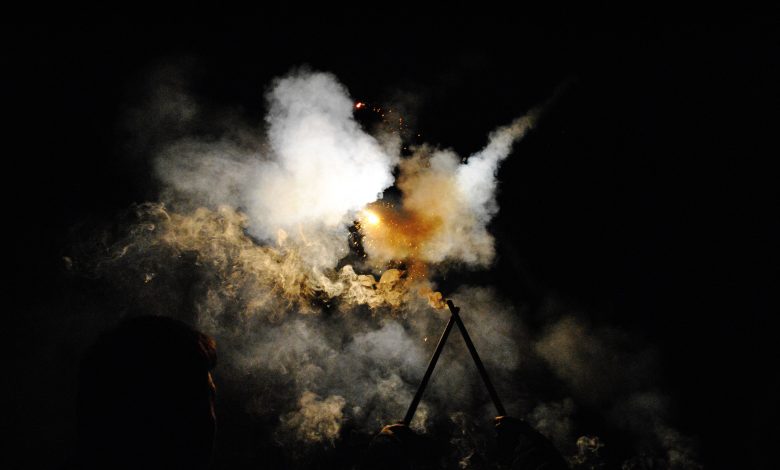Plastics Depend on Fossil Fuels

Nearly 100 percent of what goes into plastic is derived from fossil fuels. The plastic industry is powered by the fossil fuel industry. It is also the second-largest, fastest-growing source of greenhouse gases.
A report by the Center for International Environmental Law found that plastic is set to expand. A lead researcher on that report, Carroll Muffett, said that the fossil fuel industry is able to “take what would otherwise be a waste stream and turn it into a profit stream” within the plastic industry. If investments in plastic production continue, the global production capacity will increase by a third within the next five years. Part of the increase in production, according to Muffett, is that some companies that manufacture plastic resins also manufacture oil and gas. These include Mobil, Shell, Chevron, and Total, for example.
Fossil fuels made into plastic
Though not all petrochemicals (or chemicals derived from fossil fuels) become plastic, all plastic starts out as a fossil fuel. Ethylene and propylene, two monomers derived from oil, gas, and coal, are used to make plastic.
After oil and gas are extracted, the fuels are separated into chemical components and sent to “cracking plants.” These facilities turn the chemical components into olefins, the base for plastic making. Ethylene and propylene are important olefins when making plastic — whether derived from oil, gas, or coal. Olefins are stretched, stitched, and bound together in a process called polymerization. These polymers are cooled and formed into pellets and sold to manufacturers that melt and reshape them into commercial products.
Olefins from oil are the primary feedstock for plastic around the world. A feedstock is a source of raw material in order to make plastic. Mostly, feedstocks are produced from natural gas.
Natural gas is heavy in methane, just as natural gas liquids are primarily ethane. Once ethane is separated, it is made into ethylene. This process is done through a steam cracker.
What is cracking?

Cracking facilities use the “cracking” method or steam cracking to break down hydrocarbons ( a chemical compound of hydrogen and carbon within fossil fuels). Steam cracking takes the hydrocarbons, such as ethane, and dilutes it with steam that then heats the product. The saturated hydrocarbons are broken down and left unsaturated. The graph above from Chemistry Views provides a picture of how this process works.
Plastics and emissions
Fossil fuels are consistently blamed for the greenhouse gas emissions in the atmosphere, however, plastics are, too, to blame. Each stage in producing plastic generates greenhouse gas emissions, including extraction, transportation of fossil fuels to plastic-making facilities, its refinement and manufacture, the management of plastic waste and disposal. In 2019, the making and burning of plastics will end up contributing 850 million tons of greenhouse gas.
Sources
Carroll Muffett, et al. (2019). “Plastic & Climate: The Hidden Costs of a Plastic Planet” Center for International Environmental Law
Energy Information Administration. “How much oil is used to make plastic”
Charli Shield (2019). “The plastic crisis isn’t just ugly — it’s fueling global warming” Deutsche Welle




